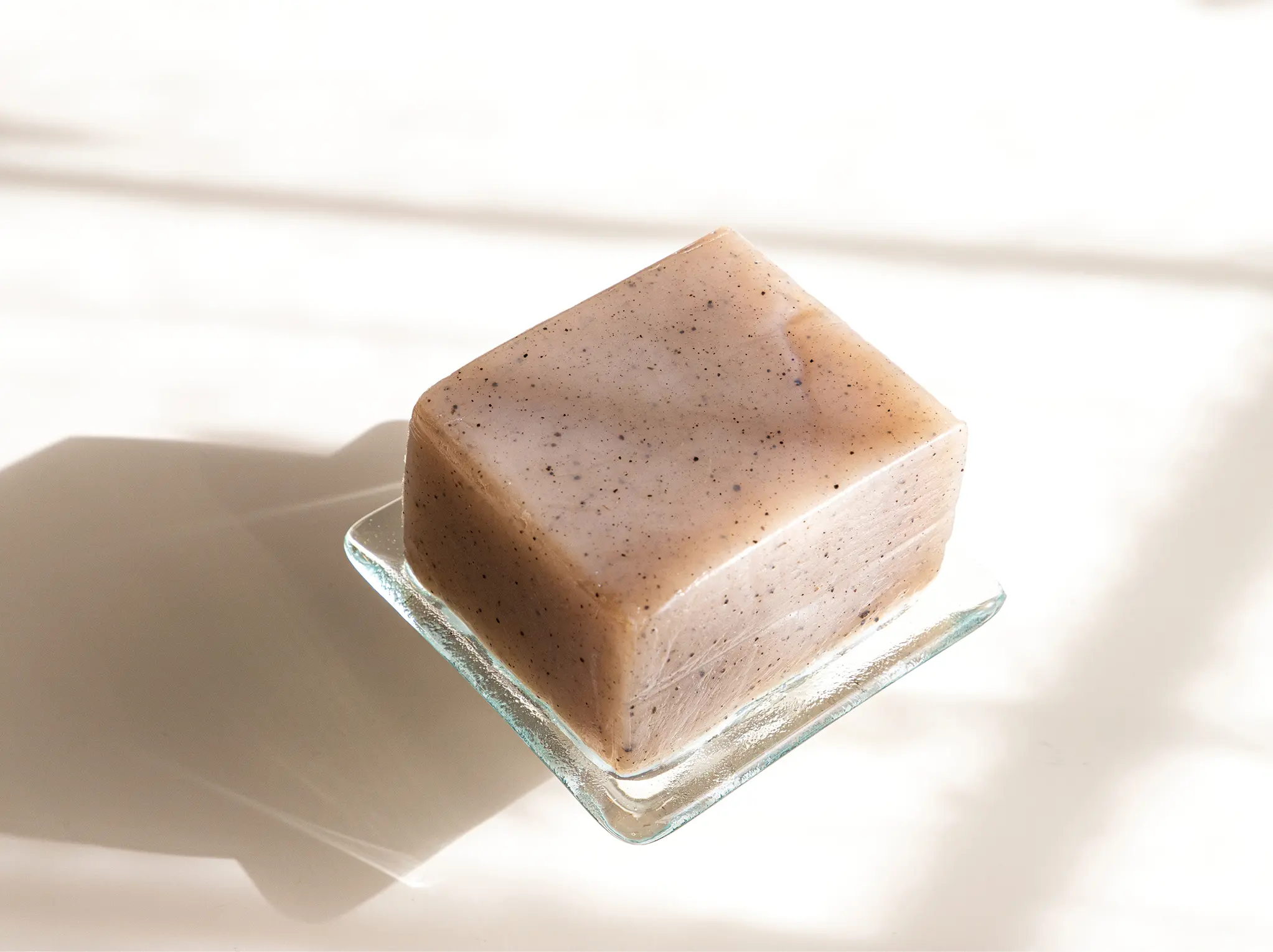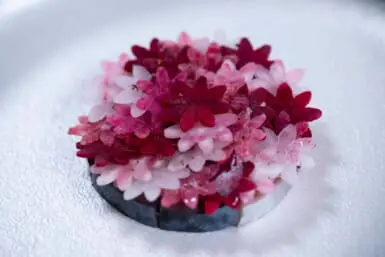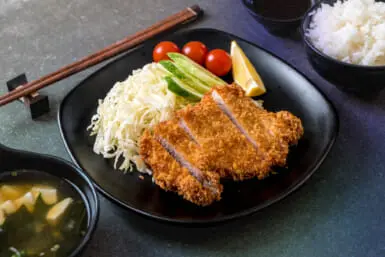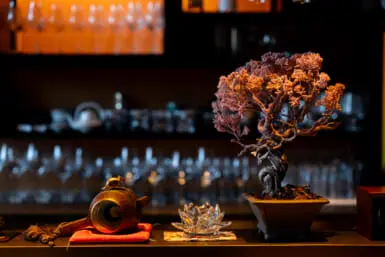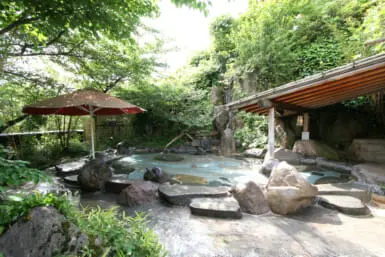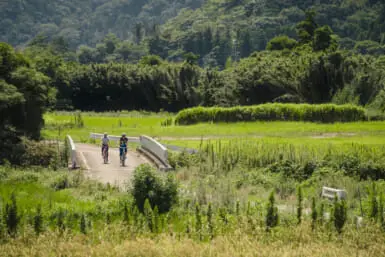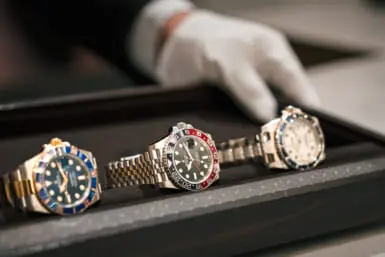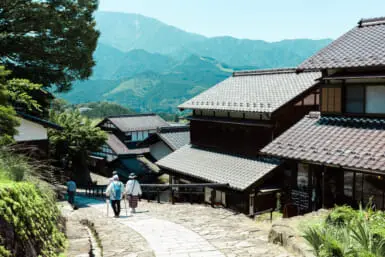Konjac is chewy, it’s jiggly, it’s tender and bouncy; there is nothing more delightful than konjac’s playful texture. A popular ingredient in Japan, konjac is a starchy root vegetable— similar to a potato— that is commonly produced to create glucomannan, a water-soluble dietary fibre harvested from konjac roots. Glucomannan is used as a vegan alternative to gelatin for thickening foods, but it’s also the ingredient behind konjac foods like jelly, pudding, noodles, and snacks. High in fibre, konjac has been proven to reduce cholesterol, replenish calcium, aid digestion and diet, and improve skin health. While konjac is a healthy choice worth trying, figuring out how to eat it can be challenging. Today, let’s explore some of the places and ways you can try konjac when visiting Japan.
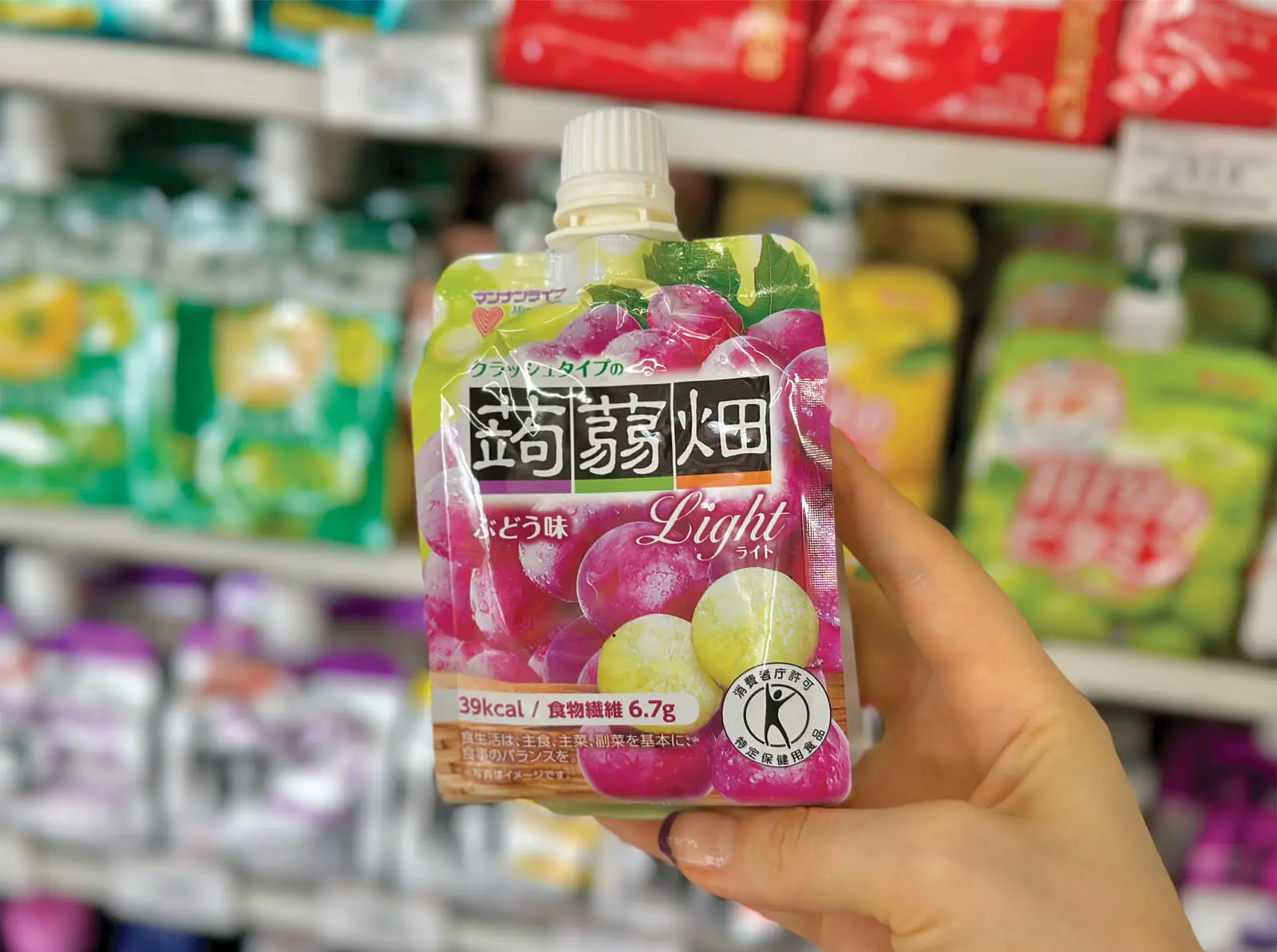
Konjac Jelly
From one-bite packaging to squeezy pouches, konjac jelly comes in many forms. Advertised for people who are mindful of their eating habits, some konjac jelly products can toe the line between tasting like real food and cleaning products. To avoid some of the more questionable konjac jelly items, here is my recommendation for you to try on your next conbini run.
When you pop into your nearest conbini, you’ll find konjac drinks stocked in the small fridge containing squeezy drink pouches and immunity energy drinks. Here, you’ll find Mannan Life’s Konnyaku Batake (Konjac Field). Konnyaku Batake is a flagship brand of Mannan Life, a Gunma-based company producing and selling konjac jelly from the prefecture. You’ll most likely spot Konnyaku Batake’s grape flavour drink pouch, but if you’re lucky, you may come across peach, lychee and apple flavours. Expect a fun to eat, chewy gelatinous texture soaked in sweet and syrupy fruit juice. With a resealable cap, you can enjoy these on the go when you’re in need of some sustenance. One pouch contains zero fat, 6.7 grams of fibre, and is under forty calories.
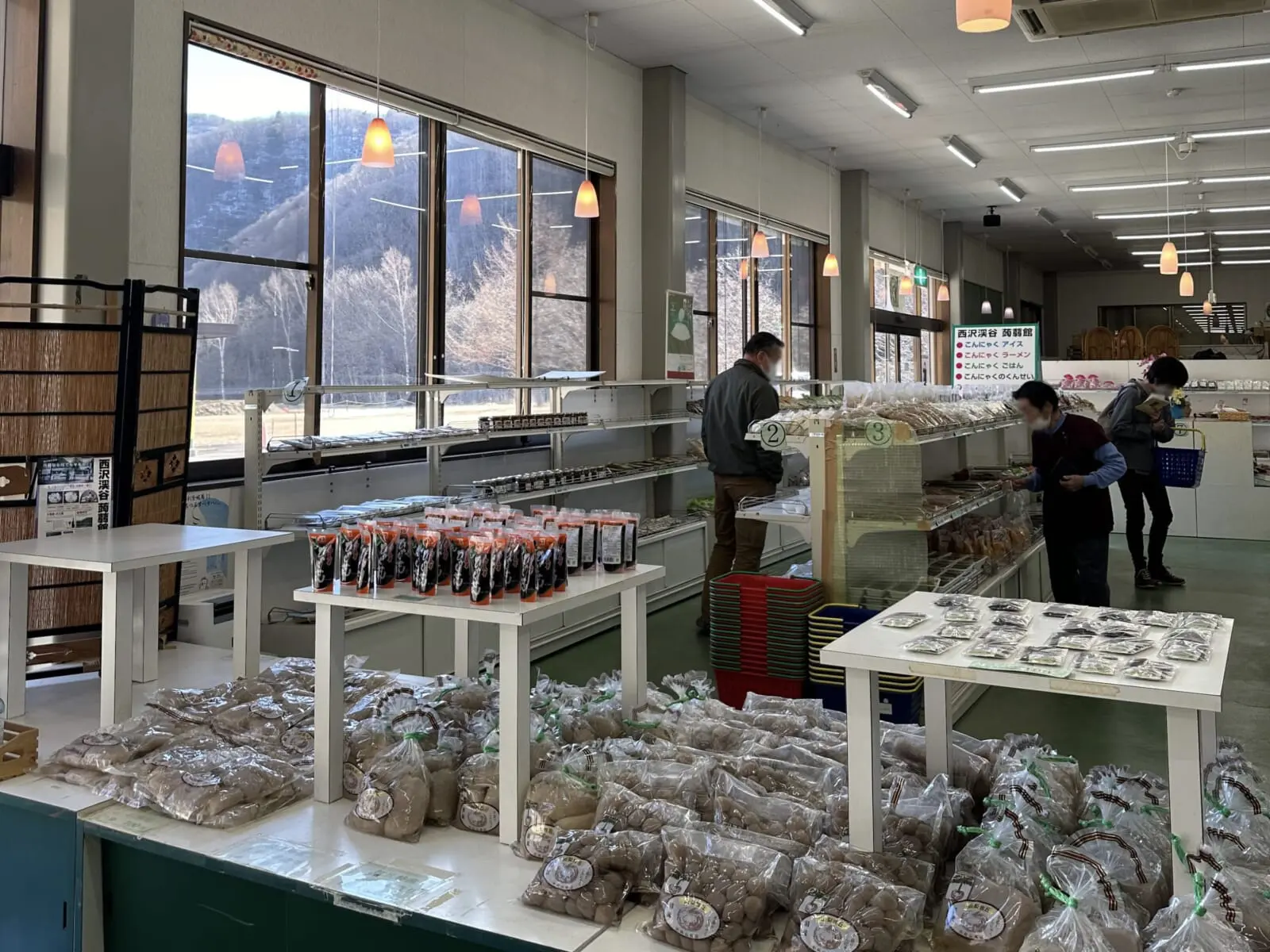
Nishizawa Canyon Konnyaku-kan
One spring day, my friend and I took a trip to Yamanashi Prefecture hoping to go on a hike, only to arrive and find out the trail wasn’t open due to it being off season. Defeated and hungry, we made our way to the closest form of civilisation— which happened to be a konjac specialty store called Konnyaku-kan. Located by the roadside in the middle of nowhere stood Konnyaku-kan; a giant complex with an open layout that was one part café and nine parts store. Here, you could find all things konjac: jerky, sashimi, crisps, mochi, red bean yokan (Japanese confectionery), pickled gobo (burdock root) wrapped in konjac, the list was endless. For visitors stopping by for lunch, the café sold a variety of konjac ramen and soba lunch sets. For customers who purchase konjac products off the shelves, the store owners guide you to a seating area and present you with a platter of tiny konjac side-dishes and an unlimited supply of hot tea. Some of the dishes included slices of konjac served in yuzu, dashi, mustard and konjac warabimochi.
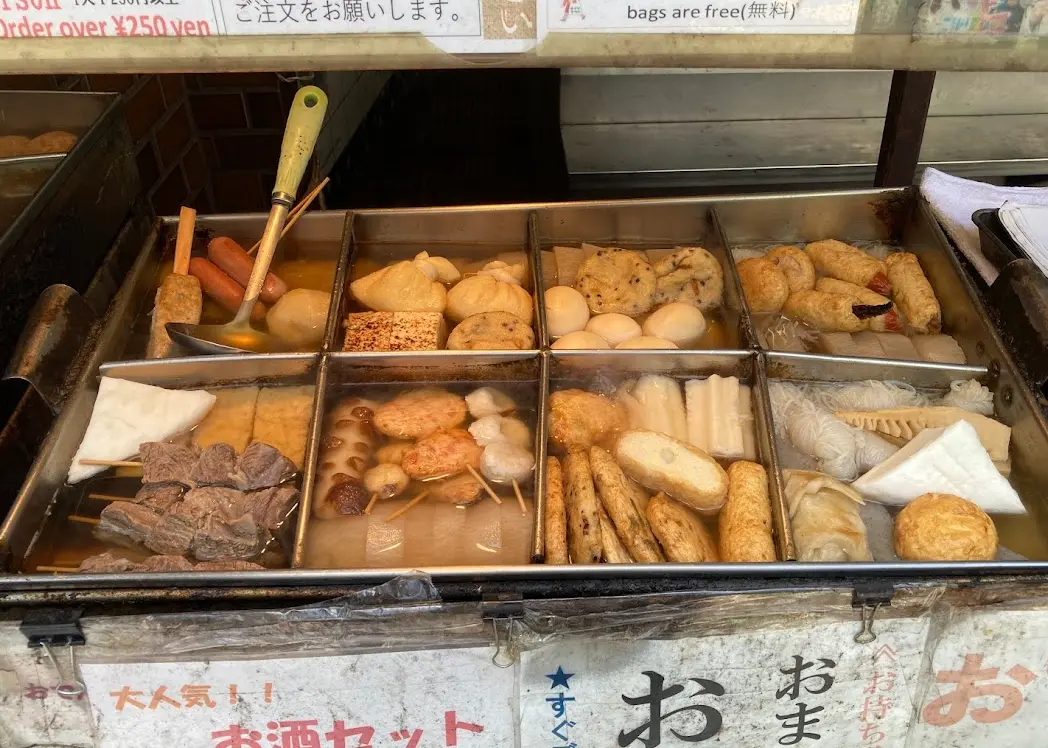
Oden
Come wintertime, everyone’s favourite convenience store soup is released in stores: oden. Oden is a traditional Japanese kelp-based dish that commonly contains stewed radish, chikuwa (fish cakes), boiled eggs, mochi and konjac. Konjac in oden comes in two forms: shirataki noodles— thin, elastic-like noodle clusters, and your traditional triangle cut konjac pieces. During the winter, you’ll find conbini’s serve oden by the cashier. Some stores let customers self-serve, while others have staff ladle the oden for you. Simply select the items you want to put into the soup and pay.
If you’ve decided to visit Tokyo during a season other than winter and still want to try oden, many shotengai, traditional Tokyo streets, will house a local oden shop. You’ll also find oden on the menu at most izakaya establishments. If you want to experience oden from the comfort of a hotel room, you can find premade bags of oden in most conbinis, where for three dollars, you can microwave a bag and indulge.
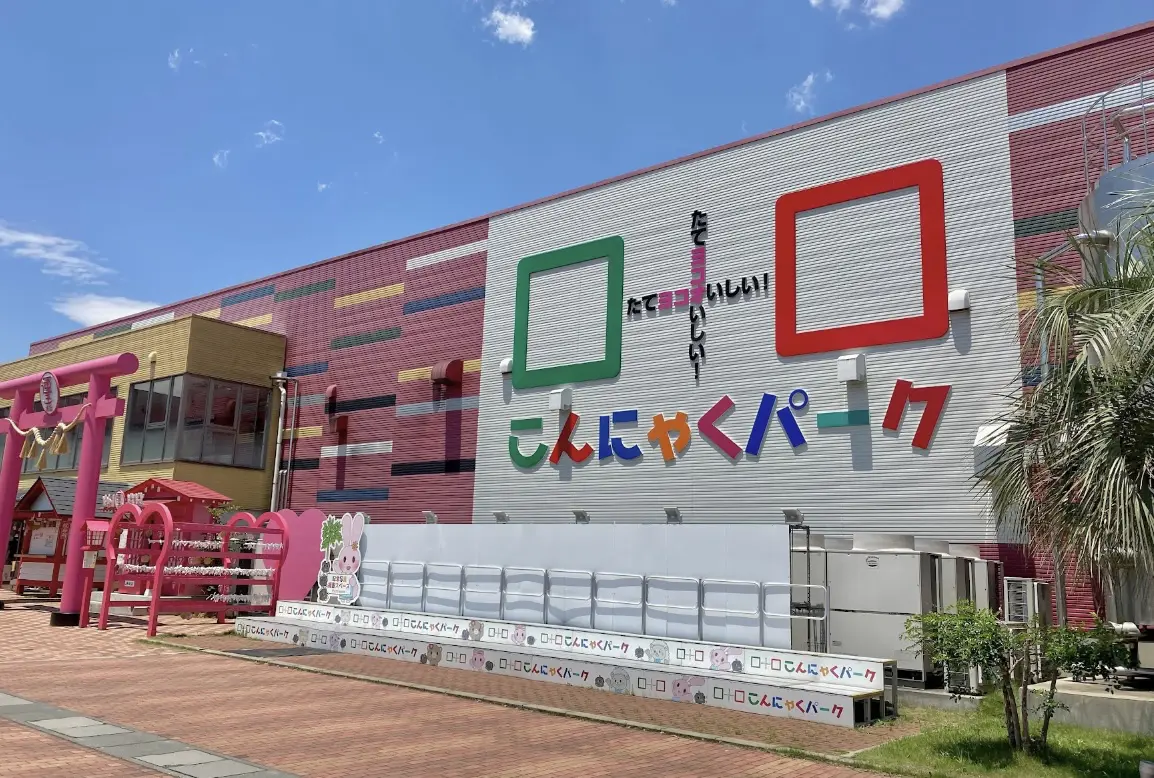
Konnyaku Park, Gunma
Looking to take a family day trip out of Tokyo and into Gunma? Konnyaku Park is a special theme park celebrating all things konjac. The park is divided into three zones: Konnyaku and Shirataki Zone, Jelly Zone, and Viking Souvenir Zone. Doubling as a factory, you can tour the facility and observe workers package konjac products on the production line. Kids can enjoy a hands-on experience in making, shaping, and colouring konjac, before taking home their own handmade konjac jelly. The fun doesn’t stop there; with ball pits, gachapon, claw machines, and a mini ferris wheel, this konjac theme park will have you playing all day. For parents, the park has you covered with a number of massage chairs and foot baths to relax in while the kids have fun. You won’t be left hungry, as Konnyaku Park’s free all-you-can-eat konjac buffet, serves dishes like konjac tempura, ramen, karaage, udon, soft serve and jelly. At the end of the day, drop by the supermarket-sized souvenir shop for heavily discounted konjac products before making your way back to Tokyo.
Konjac Inari
One warm weekend I made my way to Hatagaya to try Kon’s unique and specialty konjac inari sushi. The chance to try Kon’s konjac inari comes few and far between, with the pop-up shop open only once or twice a month— but it’s well worth the wait. The little bento box came with konjac inari sushi, quail eggs, chorogi (pickled artichoke), and Nankan inari sushi (deep fried tofu pockets from Kumamoto prefecture’s Nankan town). Prior to assembly, the konjac inari simmers in a sweet and spicy dashi, before being filled with vinegared rice that strikes the perfect balance of sweet and sour. Using konjac as a sushi vessel made for a strangely addictive textural experience; konjac’s dense and filling quality, paired with the added rice component was a satisfyingly hearty combination. The pickled chorogi provided a fresh and vibrant break to the rice, enhancing the flavour while balancing the overall dish. If you’re curious to try konjac before taking the plunge and tackling konjac in your own kitchen, visit Kon the next time you’re in Tokyo.

